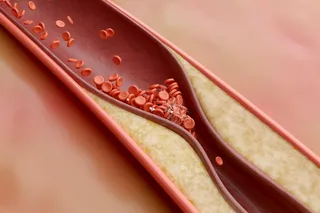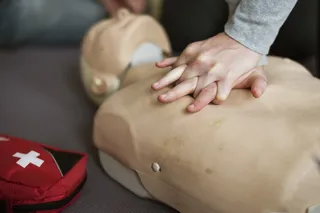The Greenpoint Men’s Shelter for the homeless is as grim as its name suggests: a crumbling yellow-brick pile in a desolate corner of northwest Brooklyn. Even in normal times its residents hate being here, with robbery, assault, and abuse their everyday companions. But one day last winter they had something worse to worry about than poverty, homelessness, and the squalor of the city’s stark and overburdened institutional charity. They were terrorized by a 32-year-old fellow resident whom we’ll call Walter.
Walter wasn’t violent; he was ambling placidly around the premises brandishing a can of soda, apparently harmless, even companionable. According to Gregory Usenbor, a courtly and soft-spoken man who works for New York City’s public health agency,
Walter triggered the alarm by appearing at the shelter bizarrely swathed in a surgical mask. But, Usenbor recalled, every time he wanted a sip of soda he’d pull the mask down. Everywhere he ...














